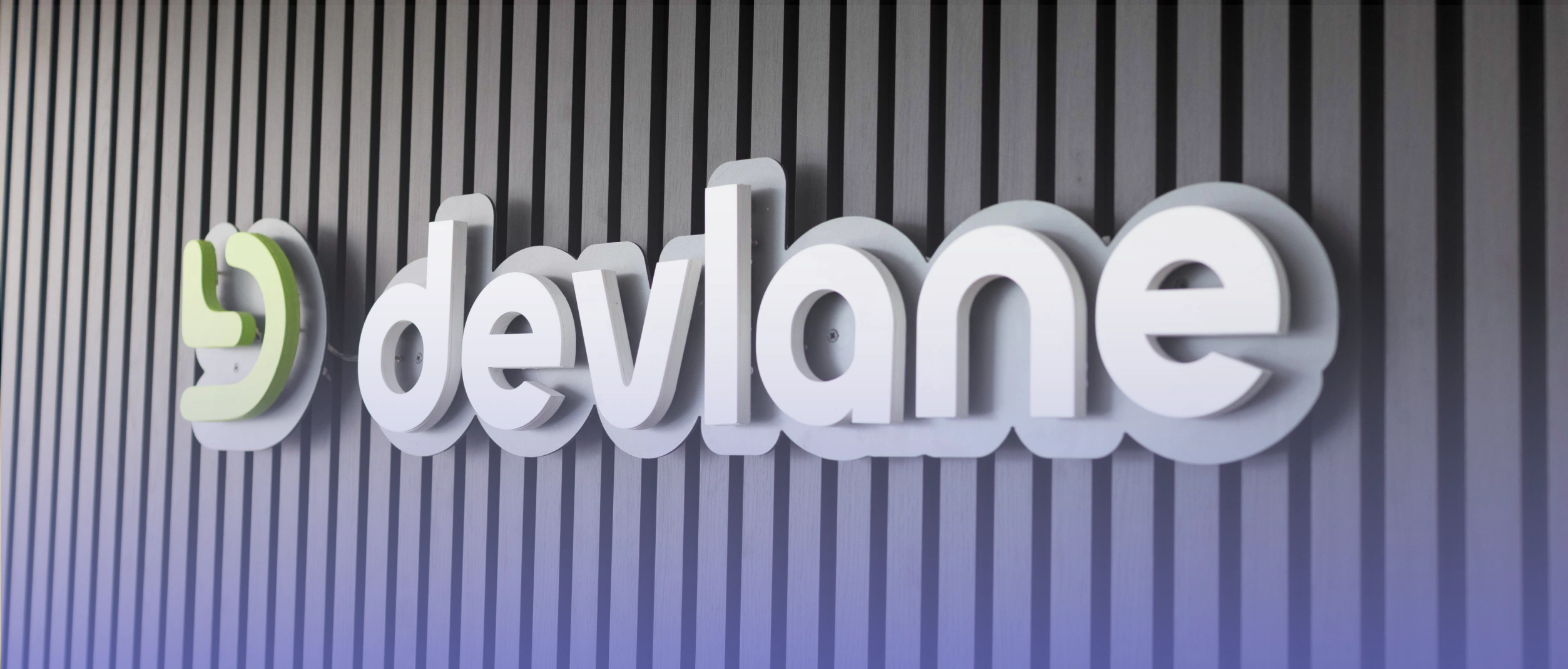Back-End vs. Front-End development: Main differences

Front-end and back-end are two popular terms used in the IT industry, but their difference is quite subtle. They are two significant parts of software engineering that play an essential role in web development.
Front-end is what you can see, the graphical user interface. Back-end is how it works and comes together; it's the part of the website you cannot directly interact with.
While they are undoubtedly specific terms, each one with its own role, they are like two sides of the same coin. Functionality and usability on a website depend on each as a separate unit interacting with each other. Let's dig into the difference between the two.
FRONT END DEVELOPMENT
Front-end development handles everything that you visually see in your browser or application. Front-end developers are responsible for the look and feel of a website.
Front-end development is mainly focused on the "client-side" of the product. Its developers will be engaged in designing, analyzing code, debugging apps, and ensuring a smooth user experience.
SKILLS AND TOOLS
Front-end developers are accountable for a website's user-end code and the architecture of its user experiences. Front-end devs must be skilled in three main languages to execute those objectives: HTML, CSS, and Javascript programming.
Besides these languages, front-end devs need to be familiar with Bootstrap, Foundation, Backbone, AngularJS, and EmberJS, ensuring great-looking content no matter the device.
Many front-end developer job listings also call for experience with Ajax, a broadly used method for using Javascript that downloads server data in the background. While JQuery is not as used as it used to, many legacy projects still use JavaScript libraries, so it's a valuable skill as well. You'll need to know the basics of responsive design along with typography, layouts, grid system, and color theory.
When using these tools, front-end devs work closely with designers and UX analysts to bring mockups or wireframes from development to delivery. Front-end developers can also accurately identify particular issues in user experience and provide solutions to influence the design. It's also essential to ally with other teams across the business to understand specific goals, needs, and opportunities and then perform on those directives.
BACK-END DEVELOPMENT
Back-end development refers to the "server-side" of an application and everything that communicates between the database and the browser. In back-end development, you are primarily focused on how the site works. Making updates and monitoring the functionality of the website will be your prime responsibility. This kind of development typically consists of three parts: a server, an app, and a database.
Code written by back-end devs is what communicates the information from the database to the browser. Anything you can't see or directly interact with, as databases and servers, is the work of a back-end developer. They are sometimes ill-called "programmers" or web developers.
SKILLS AND TOOLS
To make all these elements communicate with each other, back-end devs use server-side languages, like PHP, Ruby, Python, Java, and .Net. These are used to build an application, and tools like MySQL, Oracle, and SQL Server are used to change data and send it back to the user in the front-end code.Job openings for back-end developers often also ask for expertise with PHP frameworks like Zend, CakePHP, and Symfony; experience with version control software like SVN, CVS, or Git; and experience with Linux as a development and deployment system.
Back-end devs use these tools to contribute to web applications with clean, portable, well-documented code. But they also need to collaborate with business stakeholders to understand their particular needs, translate them into technical requirements, and develop the most effective and efficient solution for architecting the technology. Many back-end developers also know front-end languages such as HTML and CSS but need to use Java, PHP, Ruby on Rails, Python, and .Net to get the back-end job done. But these developers' skills are most focused on a site's responsiveness and speed.
These languages are often used to create dynamic sites, which are different from static sites. These types of websites store database information, as the content on the site is constantly changing and updating.
FULL-STACK
Full-Stack web development is a combination of both the front and back-end. "Stack" in this case means "layer." A full-stack web dev has expertise in all layers of a website's development. This includes, but it's not limited to, the server, client, hosting, data structuring, UI and UX, and the needs of the actual business.
As said before, Front-End Web Development and Back-End Web Development have some consistent differences.
While front-end is mainly based on design to make your website as attractive as possible, back-end deals with all the complicated work that actually makes your website run (database operations, user authentication, application logic, etc.). Both of them are very important, and a website only works when they operate in tandem.
For competitive markets, how a site looks can determine who's on the front line. An excellent front-end web dev designs a website to reflect what people want or need from that service, as the back-end dev will ensure everything works smoothly, can iterate and grow along with its users, and the UX stays bug-free from start to end.
Salaries and Market
How much do front-end developers make? How about back-end developers? Actually, both fields make about the same salary. While it's not the highest salary in the tech industry, you can make a lot more with experience. Senior developers tend to earn a pay increase with every year of experience. You're likely to make even more if you work along with an outsourcing company with a staff augmentation service.
Having said that, nowadays, many more large companies are demanding more front-end developers, mainly startups. Startups have increased in the IT market, and smart devices' usage has grown even more, which are on app-based or web-based businesses solely based.
For front-end developers, this led to more increase in demand. For any commercial websites or apps, a front-end developer is needed for any application because that matters more.
On the other side, web development, maintenance, and web design front-end developer skills are some of the most exciting and most in-demand skills. In the future, marketing will only grow the need to integrate web design and development. Current websites will be designed to appeal to their audience, and the developer's job will be to make the site interactive, fun, creative, and tell the story visually.
There is where they motivate the visitor into becoming a customer, and the art of design can propel the company's most ambitious goals.
We constantly train our talented team in multiple technologies and workflow methodologies to stay updated on the latest trends.
Tell us about your project, and we'll help you reach your goals.
Other Blog Posts

What 2025 meant for Devlane: A year of growth and innovation







